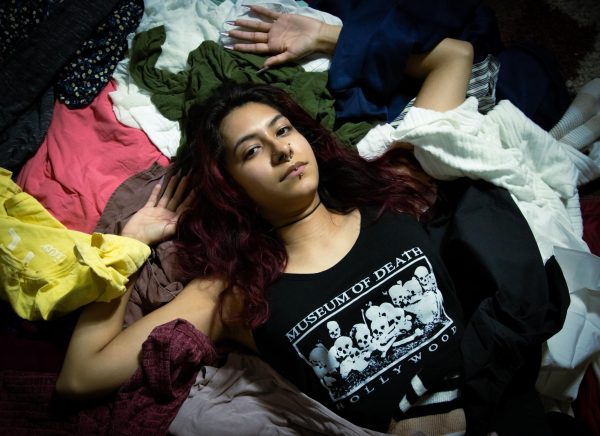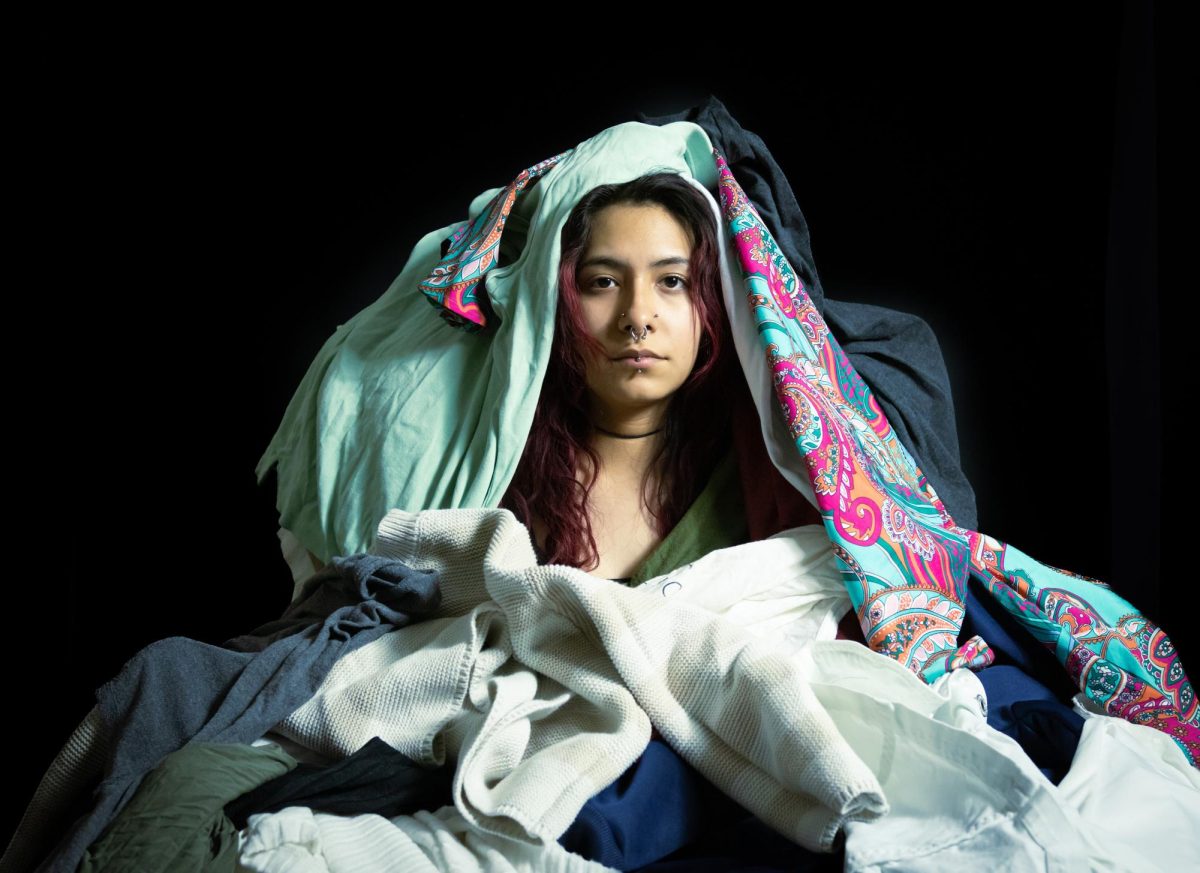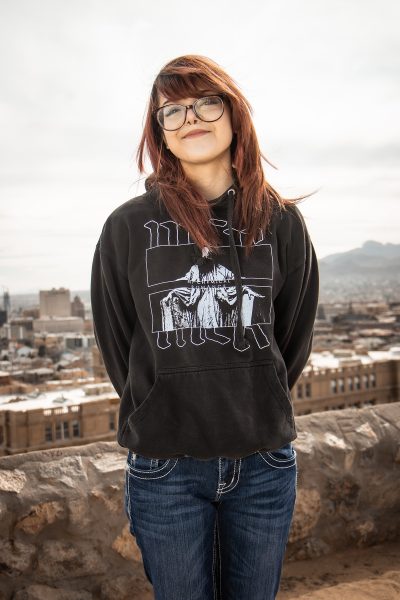Thrift stores are spaces where electric fashion tastes are discovered and catered to for reasonable prices. However, the increase in fast fashion with retailers like SHEIN and H&M appealing to the masses by mass-producing cheap, underpriced clothing that quickly gains popularity, has led to an increase of these items being donated to secondhand stores.
According to the New York Times, there has been an influx of fast fashion items overwhelmingly dominating the racks, with online retailers like ThredUp recording a 186% increase in items from Shein and a 75% uptick in items from PrettyLittleThing.
Amaris Juarez, a digital marketing student at the University of Texas at El Paso (UTEP), has been thrifting for three years, starting her senior year of high school. She recalls much of her early years spending money on rare items that once prevailed, which have now been replaced by mass-produced products driven by temporary trends. This has discouraged Juarez from visiting thrift stores as often.
“I believe fast fashion has altered the way people view thrift stores because of overconsumption, leading some to view thrift stores as places to offload disposable clothing rather than [to find] treasure troves or unique finds,” Juarez said.
With a rapid rise of micro-trends, items with fleeting popularity have been mass produced and consumed. As a result, the average lifespan of fast fashion items is estimated to be just a year —some discarded after only 10 uses, according to Greenpeace. Eventually, these discarded products end up in thrift stores, which the public sifts through.
“My only concern is that one day we will all be wearing the same clothes,” Juarez said. “The sustainability argument for thrifting is valid; the influx of fast fashion creates challenges as lower quality items cannot create long-term benefits of reuse.”
Thrift stores are renowned for their affordability and for providing assurance in fulfilling consumers’ needs. For Luz Train, a freshman at UTEP, thrift stores serve as a refuge from the stress of overpriced items, offering a wide variety of budget-friendly clothing.

Train’s relationship with thrift stores stems from a familial tradition. Her uncle, who worked at Savers, would encourage her and her mother to visit, letting them know when a new shipment of clothing had arrived. Since then, Train makes an effort to visit thrift stores once a month.
“It’s the best way to get things I know will work for me. That is the reason we come here (to thrift stores). We know we are going to find something there,” Train said.
Material culture has shifted, as clothing manufacturers that once prioritized quality and craftsmanship, with a lengthy production process to ensure durability, have been replaced by fast fashion models focused on speed and mass production.
“Back then, I know we would find a bunch of jean jackets, Levi’s, Western Wear stuff like that, and now most of the time we’re finding things that are being discarded for having a rip,” Train said.
The longevity and sustainability of fast fashion have become significant concerns, raising issues about the unethical methods used to produce clothing at an alarming rate, often resulting in poor-quality garments.
Financial concerns have now entered a space traditionally associated with affordable prices. As the market becomes oversaturated with inexpensive, mass-produced items, unintended consequences arise, limiting customers’ ability to find cheap clothing and unique items.
Mia Espinoza, a sophomore at Jefferson High School, began thrifting at the age of seven with her mother, who would take her to thrift stores like Goodwill and Family Thrift. Now, it is a hobby she tries to do once a month.
“I think it’s good that people are resorting to thrifting, but at the same time it’s not good since people who aren’t as wealthy, don’t have the same accessibility they used to,” Espinoza said.
To remedy the influx of fast fashion and ensure that thrift stores remain sanctuaries for affordable finds and authentic items, consumers can become conscious participants of their shopping experience by refraining from following temporary fashion trends, choosing ethically sourced and quality items and taking care of their clothes — repurposing and upcycling when necessary.
Jazmine Gracia is a writing contributor for The Prospector and can be reached [email protected].










